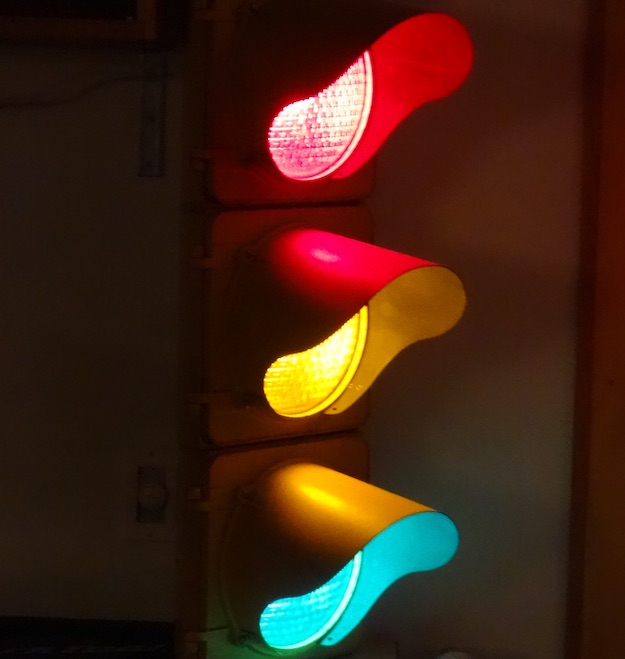
The classic make versus buy question asks whether it’s cheaper or otherwise more advantageous for a company to manufacture a product or create a service, or to buy it from an outside source. When municipal fiber is involved, the same metrics and equation apply, but the answers are sometimes surprising.
If a city wants to use fiber to connect facilities or for traffic management, make and buy are completely different scenarios. Public agencies have a tendency to favor solutions that are light on ongoing operating costs, particularly given the uncertainty cities in California face regarding revenue and the uncontrolled long term growth of contractual obligations such as employee pensions and health care. Unlike private companies, public agencies aren’t judged on the basis of return on investment and don’t have to worry about the tax implications of capital spending, so using a lump sum of cash – often a grant from an outside source such as the federal government – is very attractive.
So when buying fiber to connect several points around a city – buildings, traffic signals, whatever – the tendency is to minimise operating costs by limiting the amount of fiber – one pair of strands and, maybe a spare set for failover and routing alternatives – and rely on purchased electronics to generate the required bandwidth and route data where it needs to go.
But if a city is going to make its own fiber network, there’s little incentive or need to use it efficiently. Most of the cost – 90% to 95% – of building a municipal fiber network is for building the conduit system. (Cities with muni electric utilities have access to pole routes, but nearly all of the others do not, at least in California). Overall, it costs little more to run 288 strands or 432 strands of fiber than it does to run 4 strands. Every site – police station, library or traffic signal – that the fiber network touches can have a dedicated home run directly back to the network operations center. Although the topology might look like spaghetti, it’s really just a hub and spoke design.
The trade off is medium capex electronics and high opex fiber leases, versus high capex but low marginal cost fiber and low cost electronics, all with middling maintenance costs.
If a city is building an intelligent transportation system, for example, and installing its own fiber, it makes sense to lean towards a home run design because most of the cost is digging a hole, putting in conduit and filling it back up again. On the other hand, if an agency is leasing capacity on someone else’s network, the per strand cost is going to be something like proportional to the provider’s total cost of ownership (construction, maintenance, operations), plus whatever profit margin is necessary to meet corporate objectives.
When I’m building fiber, I always want as many strands as possible. When I’m selling it, I want to give as little as possible and get as much money as possible. That’s the make versus buy dynamic for muni fiber.
